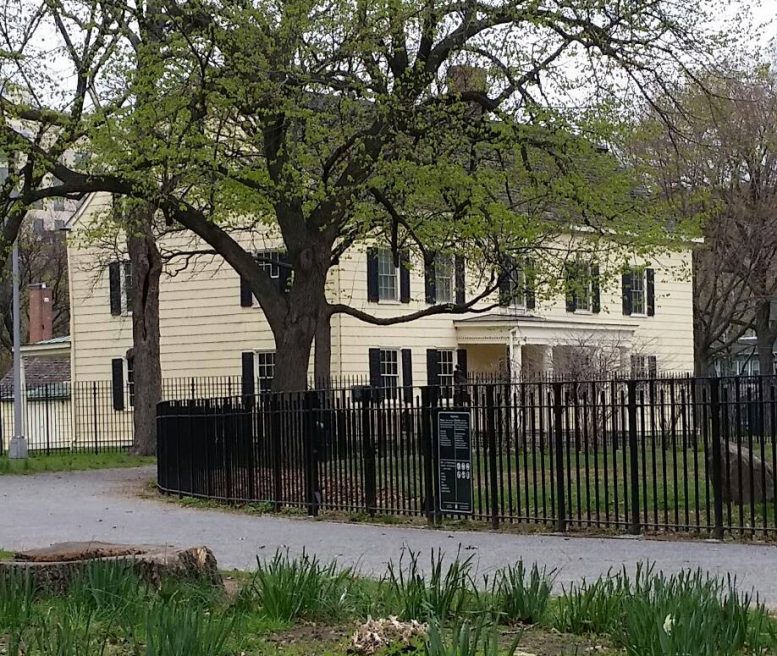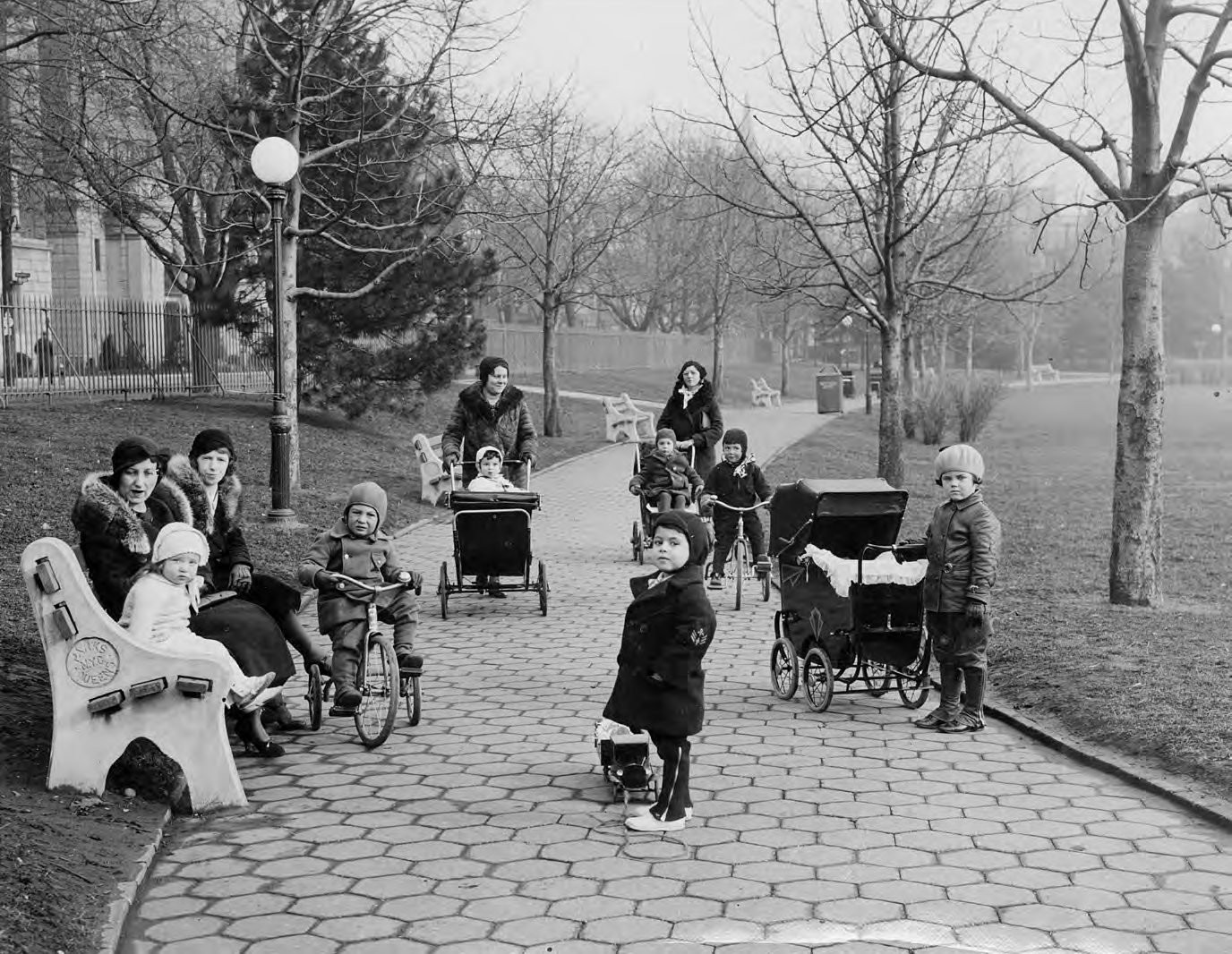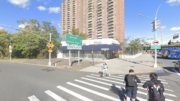Most of the big news about landmarked sites comes from Brooklyn and Manhattan. There isn’t much in Queens that makes headlines; for example, only two of the 26 sites designated from the Landmarks Preservation Commission’s 95-item backlog were in Queens County. Today, however, we have news about a landmarked park in Jamaica.
The park in question is Rufus King Park, which encircles the Rufus King House, an individual and interior landmark at 150-05 Jamaica Avenue. The house’s construction dates to 1730, with an addition built in about 1806. The house and grounds were acquired by the Village of Jamaica in 1897 and then fell under the jurisdiction of the new unified city Parks Department the following year. It has been a public park ever since.
Rufus King was an abolitionist born in 1755. He represented New York in the U.S. Senate from 1813 to 1825 and twice served as Minister to Great Britain. He died in Jamaica in 1827.
Individual designation, including the full area bound by Jamaica Avenue, 150th Street, 89th Avenue and 153rd Street, took place in 1966. Interior designation for the house took place in 1976. The house is now known as the King Manor Museum and is open five days a week.
The Parks Department wants to make changes to the park’s paths, which have changed over the decades. Two new entrances will be added, one along 150th Street about halfway between Jamaica and 90th avenues and the other at the corner of Jamaica Avenue and 153rd Street.

The corner entrance at Jamaica and 153rd will lead to two paths that eventually make their way to the comfort station. The point where those two paths split will have accent planting and social seating. The other entrance will also have accent planting and social seating.
Other planned changes to the park include the widening of street corners, reconstruction of the south lawn as well as all fences and gates, signage replacement, and the addition of new lighting and two drinking fountains.
At the LPC session on February 7, LPC Chair Meenakshi Srinivasan wasn’t happy with how many new paths would lead from the new corner entrance. Commissioner Frederick Bland said this application highlighted the “vital role” of house museums.
Nadezhda Williams, the museum’s executive director, testified that previous paving works had resulted in cracks in the house’s plaster and she was worried about the new work’s impact on the historic structure. Overall, however, she was happy to see upgrades come to the park, including the new trash receptacles, signs, and fences. “Bad fences make bad neighbors,” she said.
“HDC understands that the genesis for the several new, paved paths is that these trails already exist as ‘desire paths.’ To minimize the impact of so much paving in this quadrant of the park, we recommend that Parks consider a more permeable, green material such as Grasscrete, which could mitigate the extensive paving,” testified the Historic Districts Council’s Kelly Carroll. “HDC understands that manor house experienced some cracking due to vibrations the previous time paving was installed. We ask that monitors be placed in the house to ensure no further damage is done, regardless of what work is approved today.”
The commissioners approved the plan, though Chair Srinivasan’s suggestion to remove some of the new paths might be followed. We should expect monitoring of the site’s stability, but as Commissioner Michael Devonshire pointed out, once the work is severe enough to cause damage, it will be too late.
View the full presentation slides here:

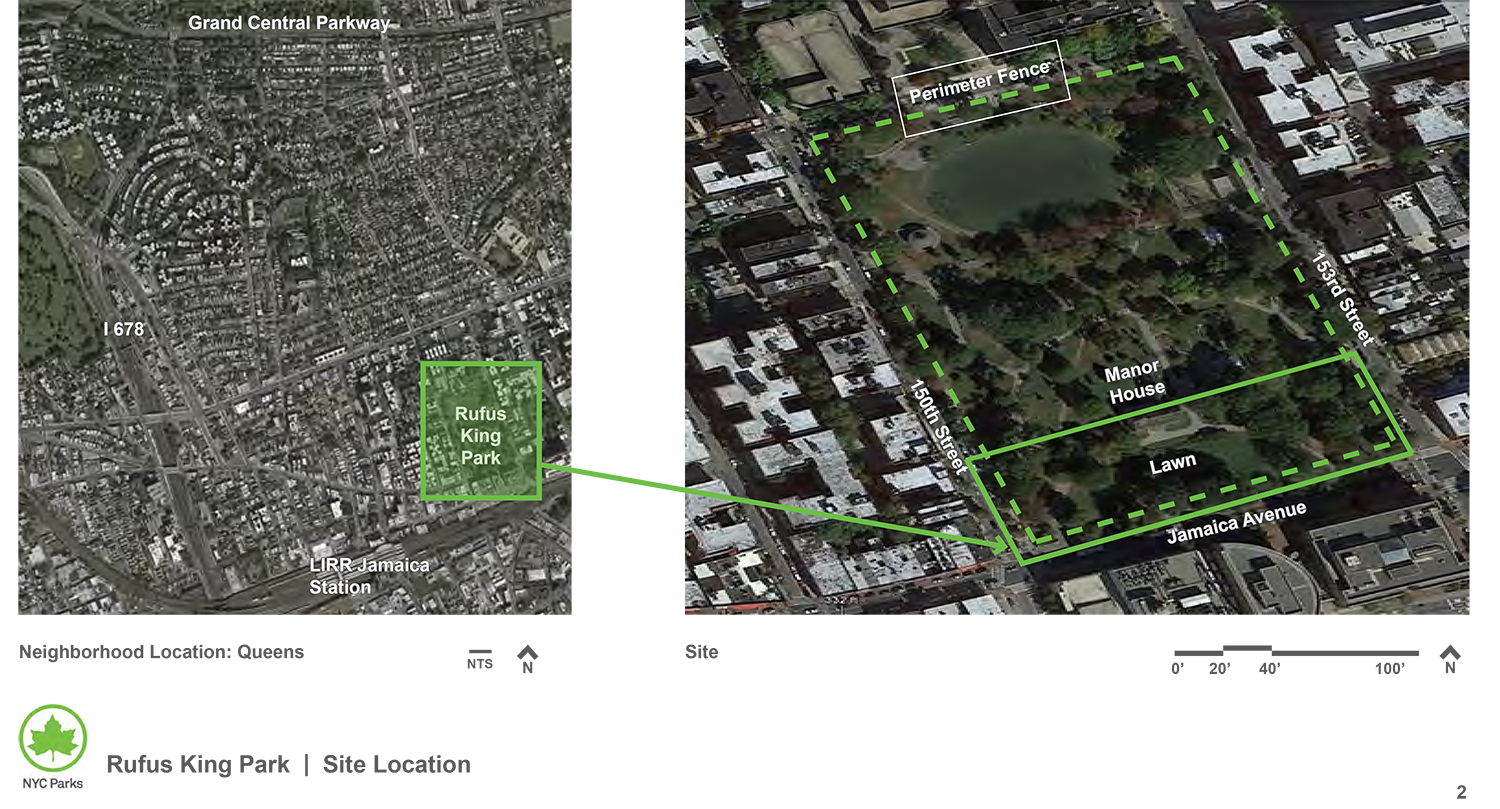
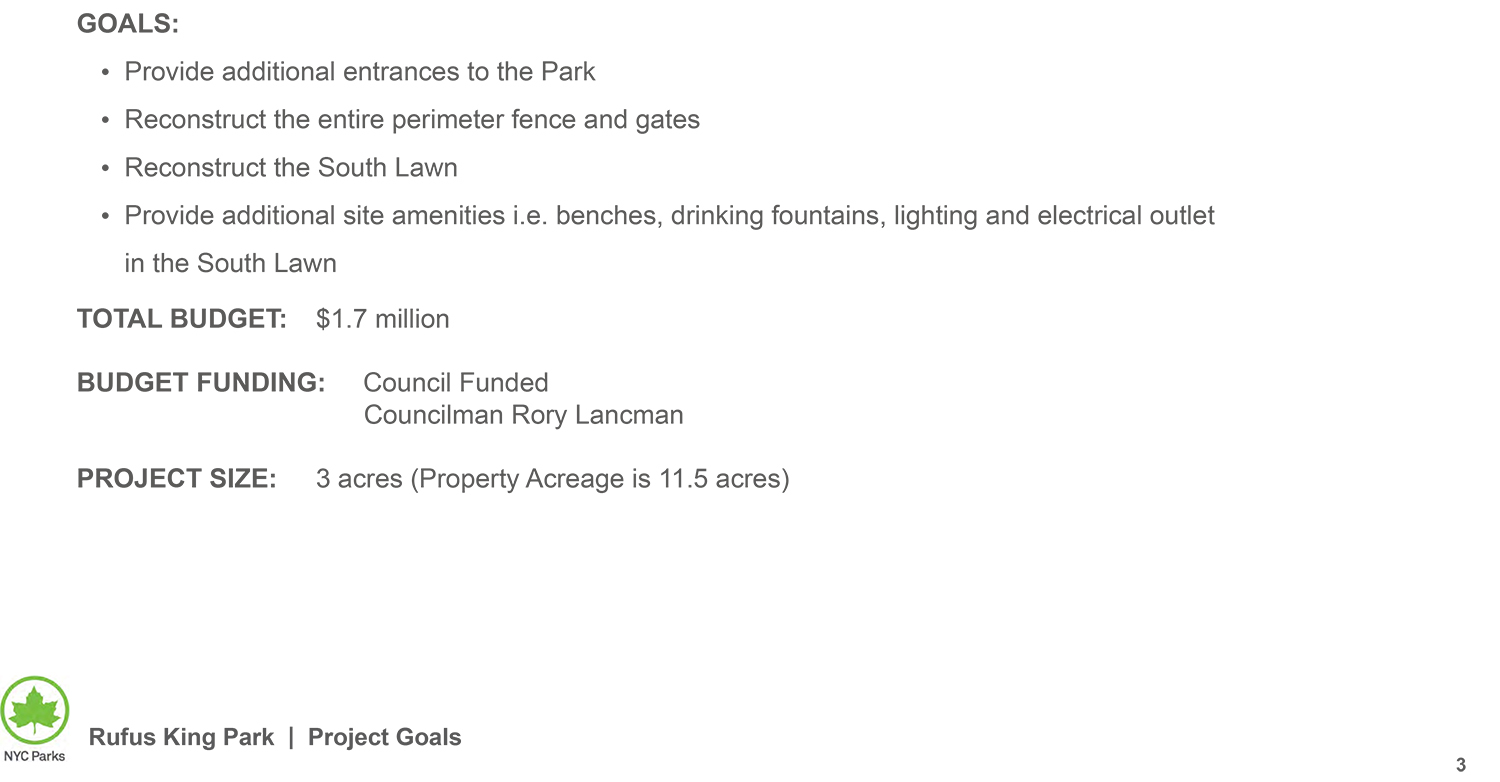

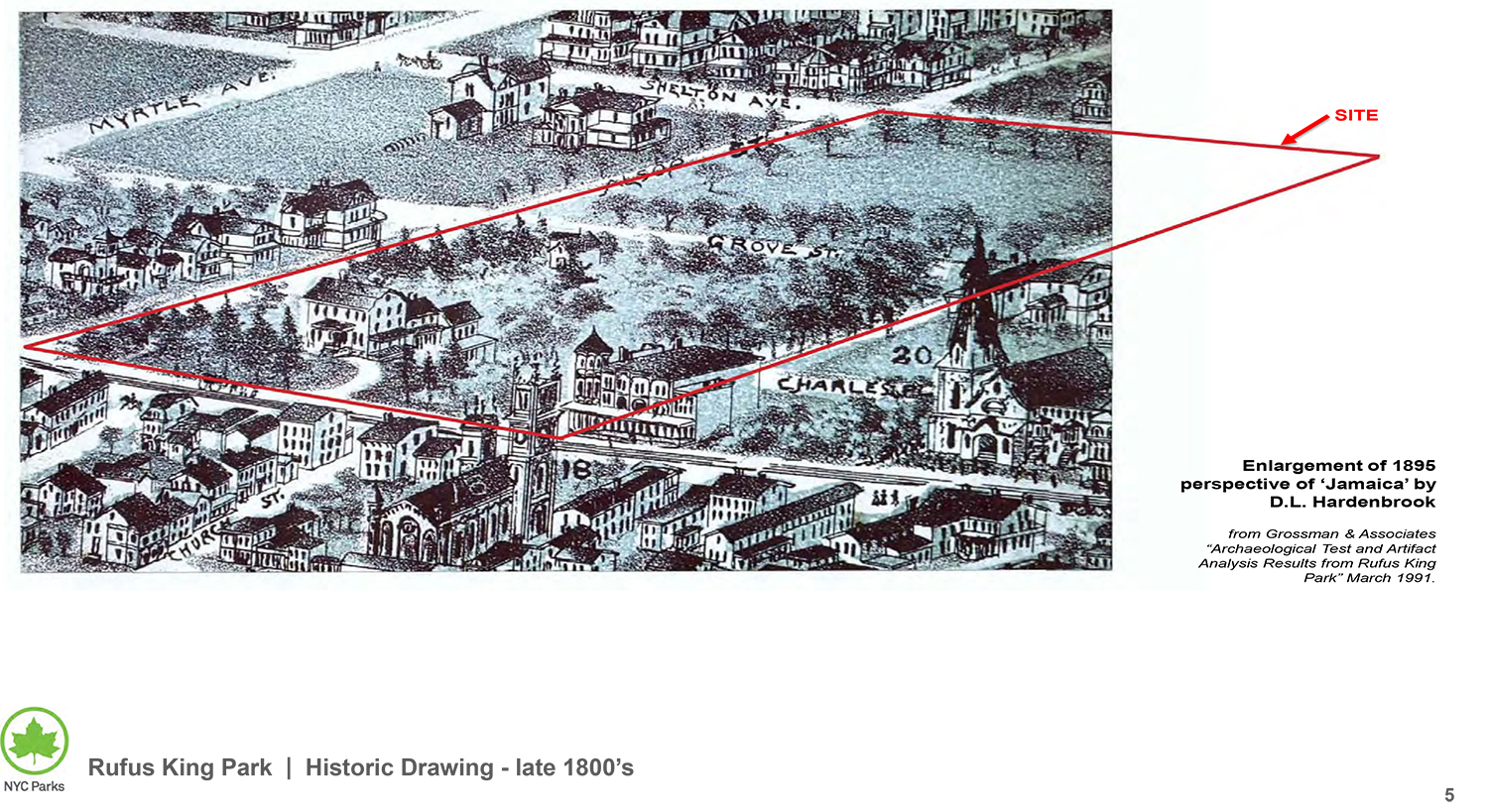

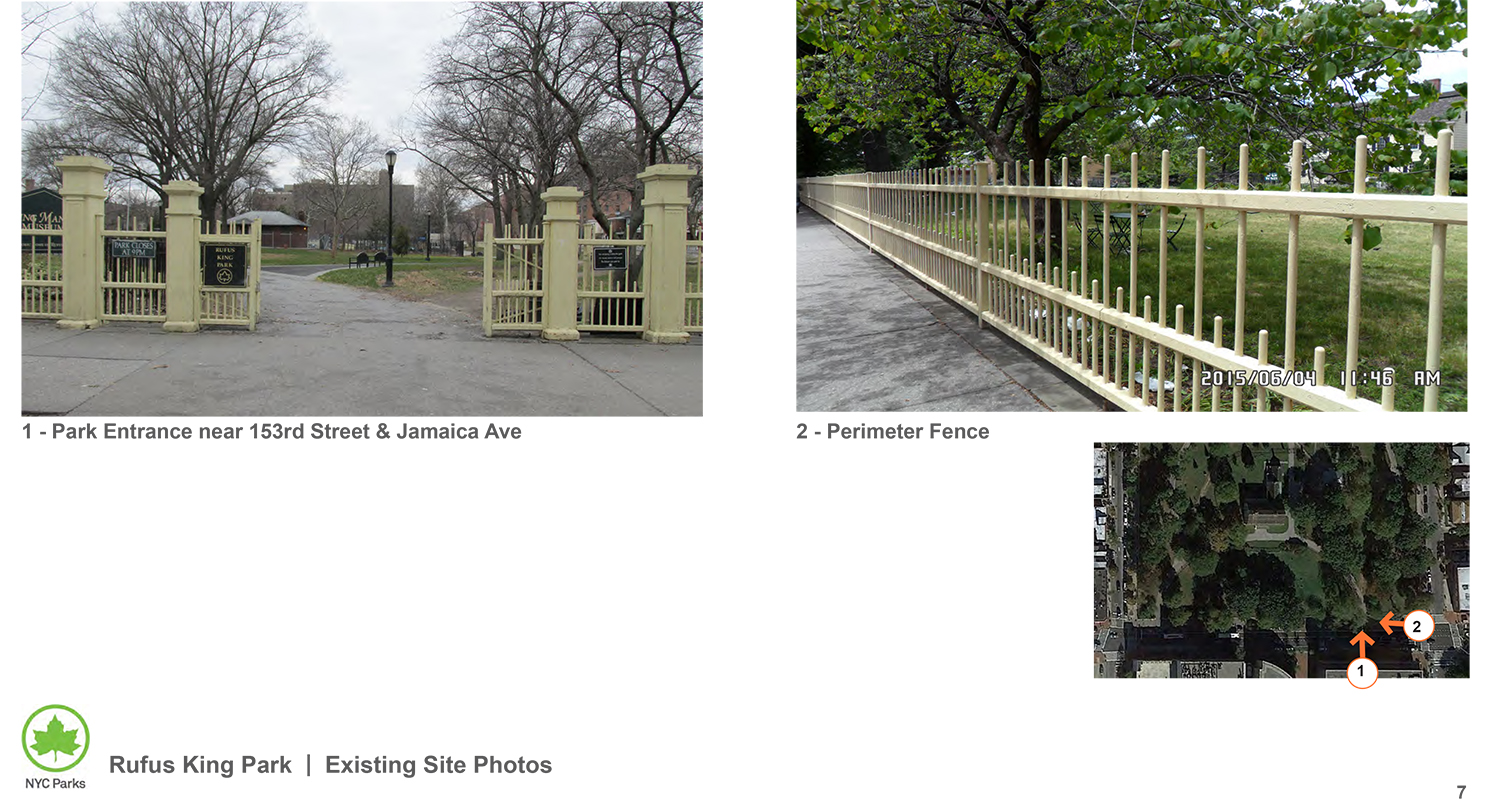

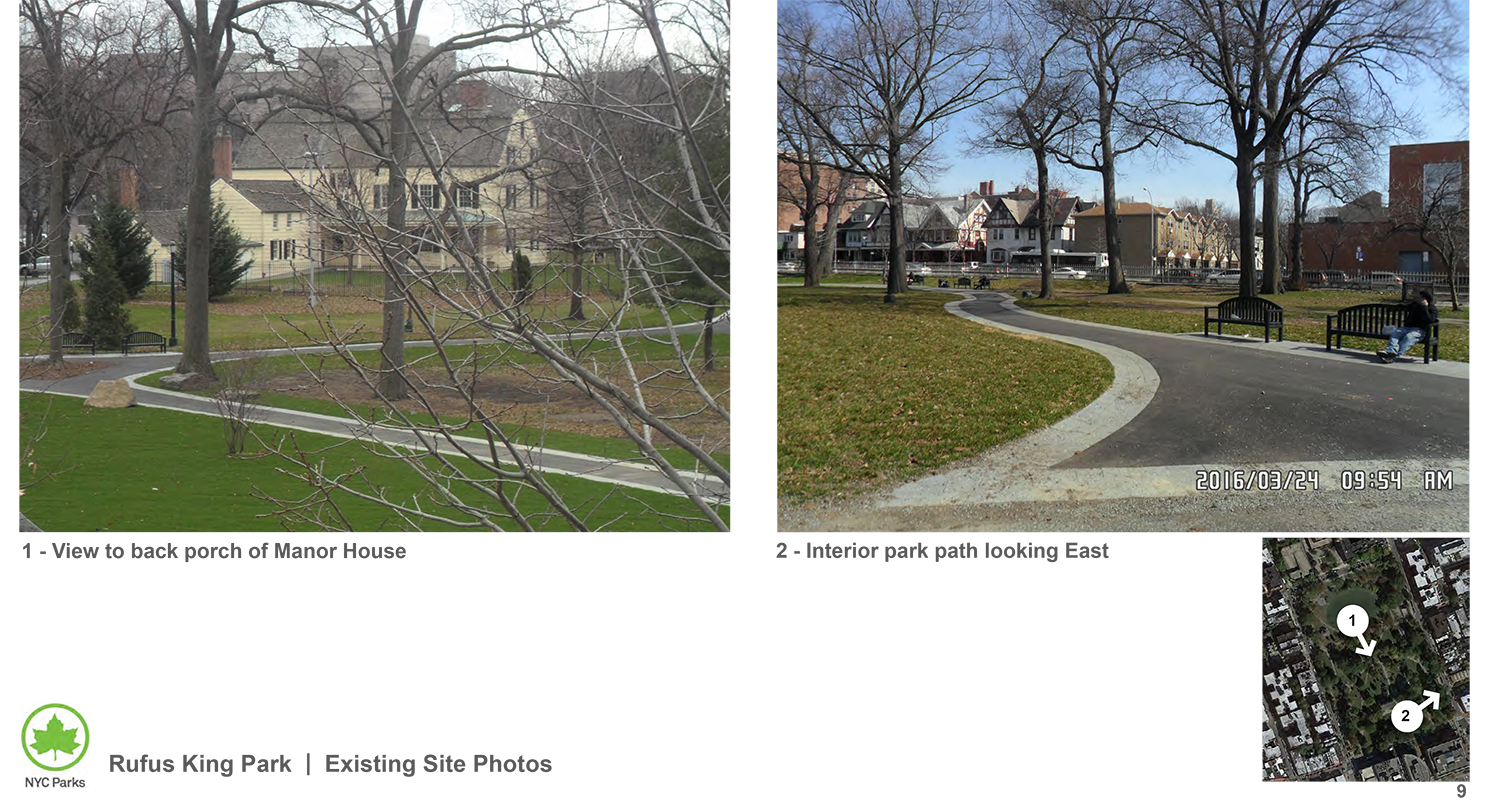
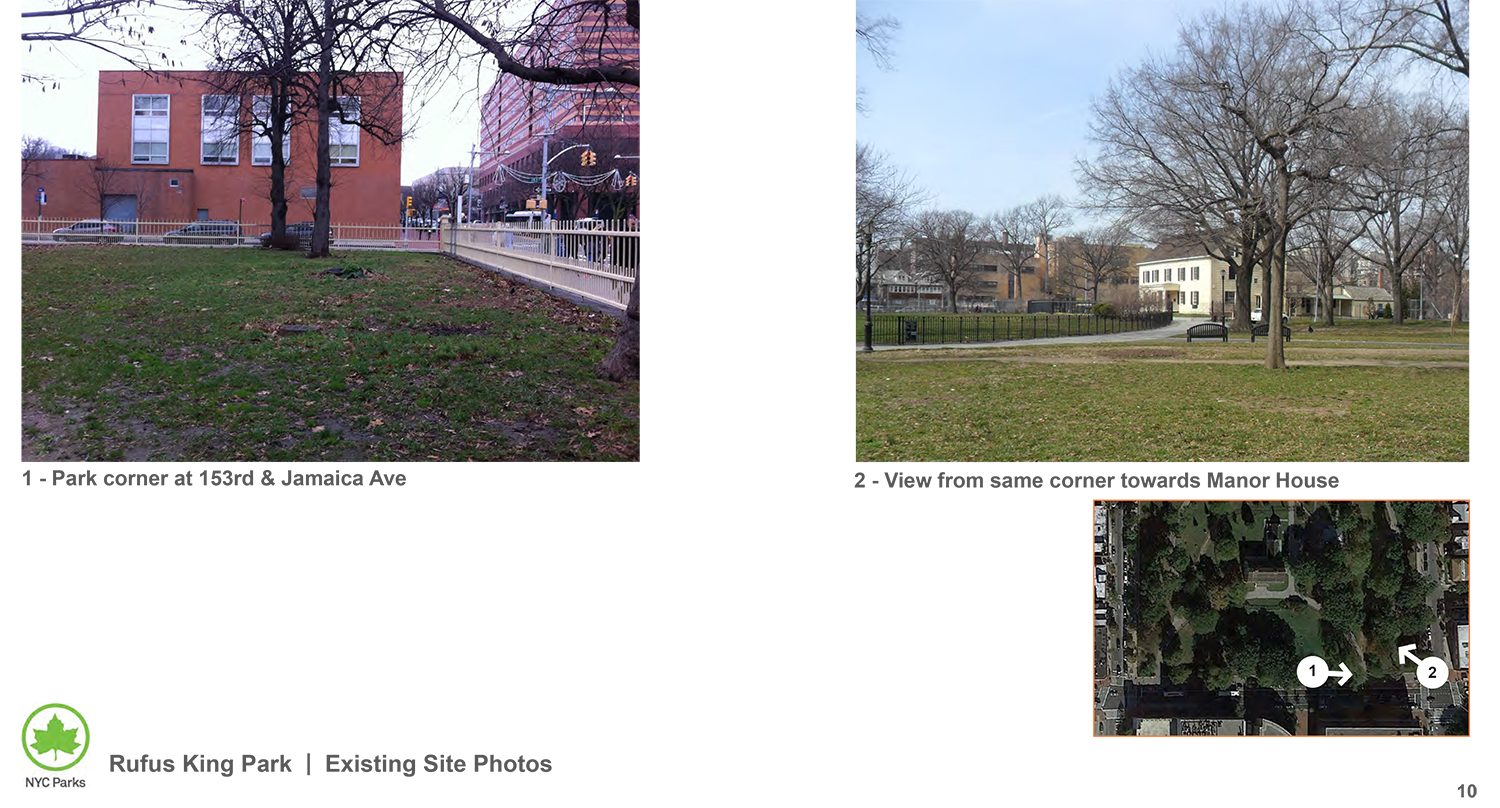
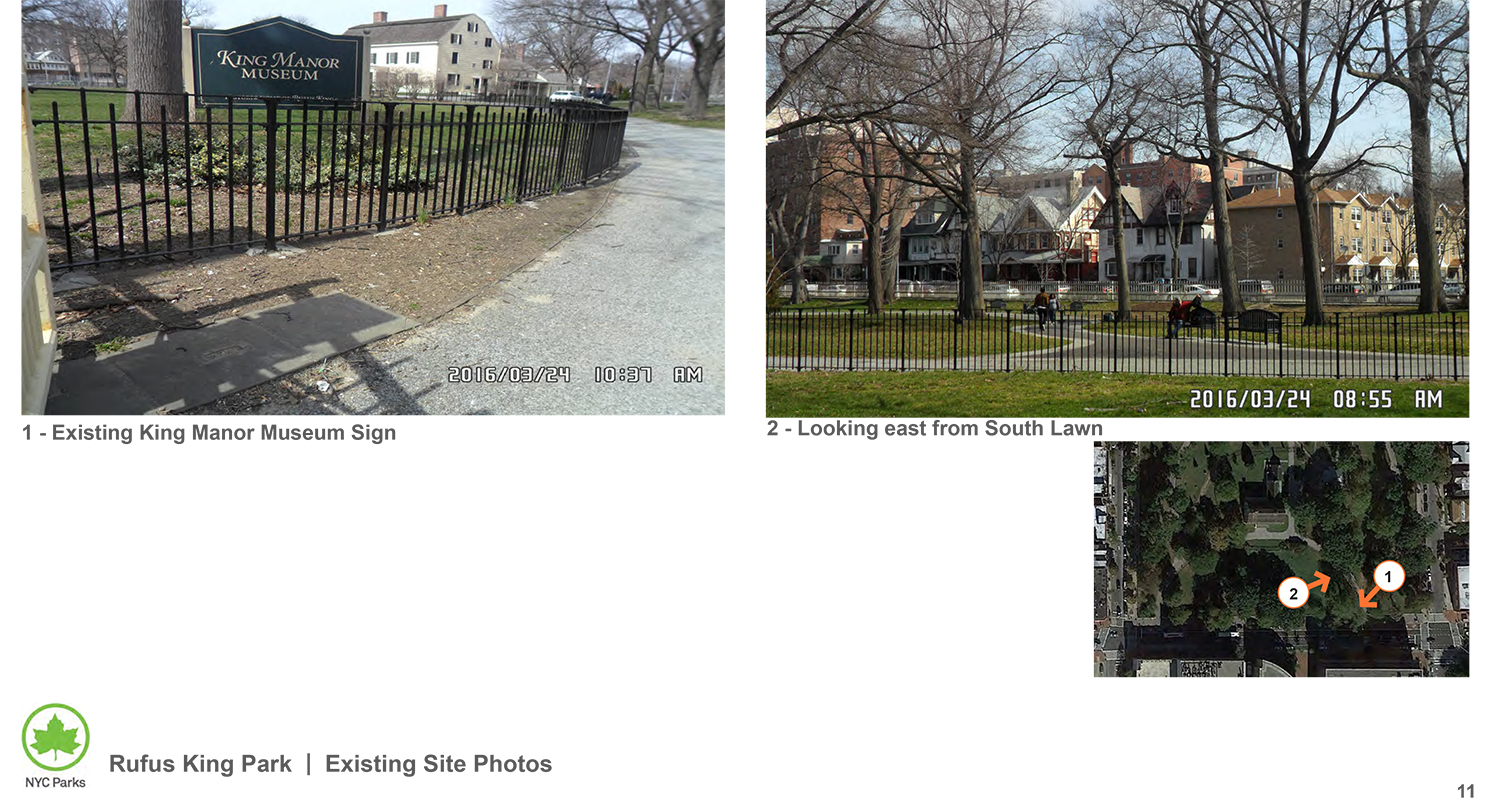
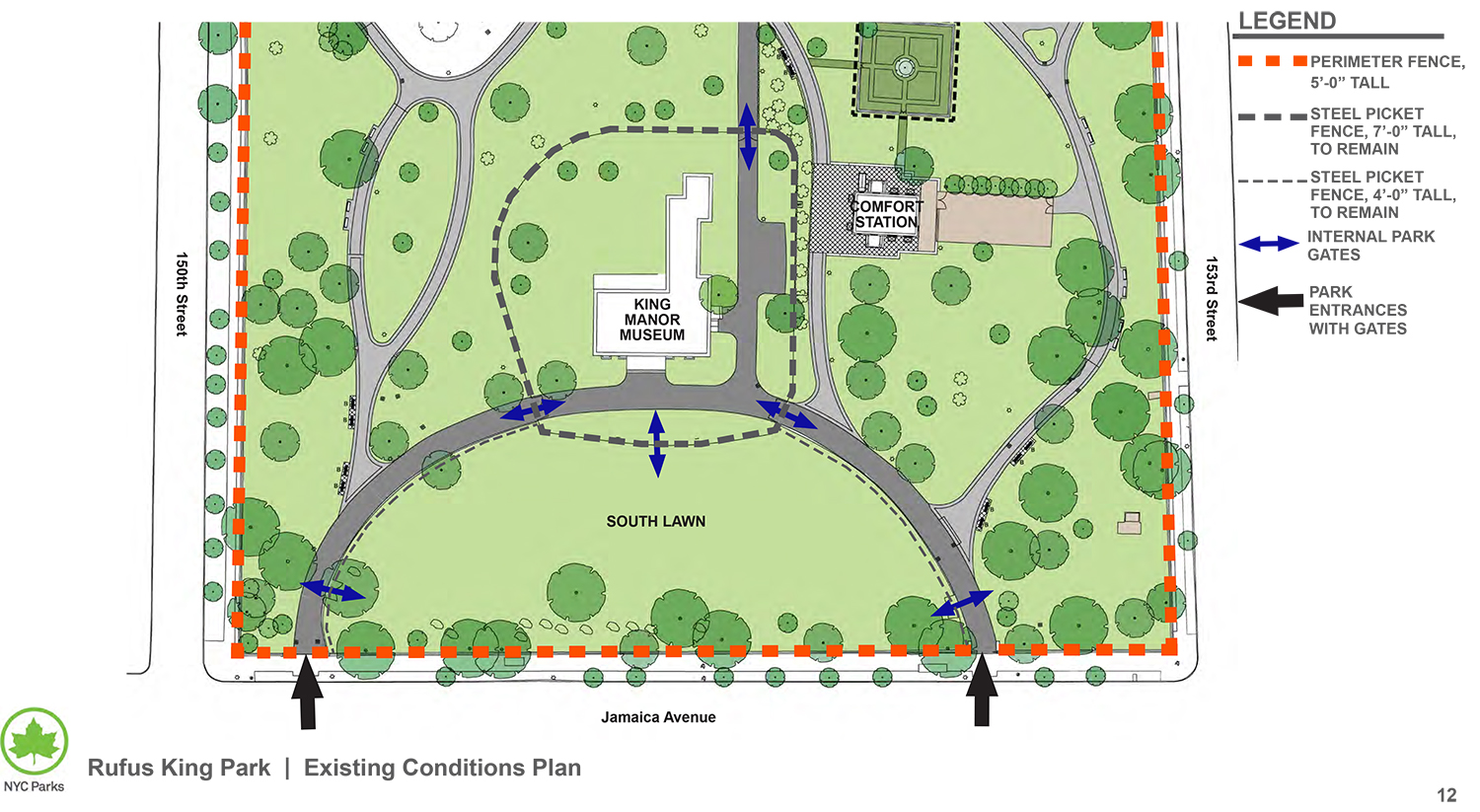
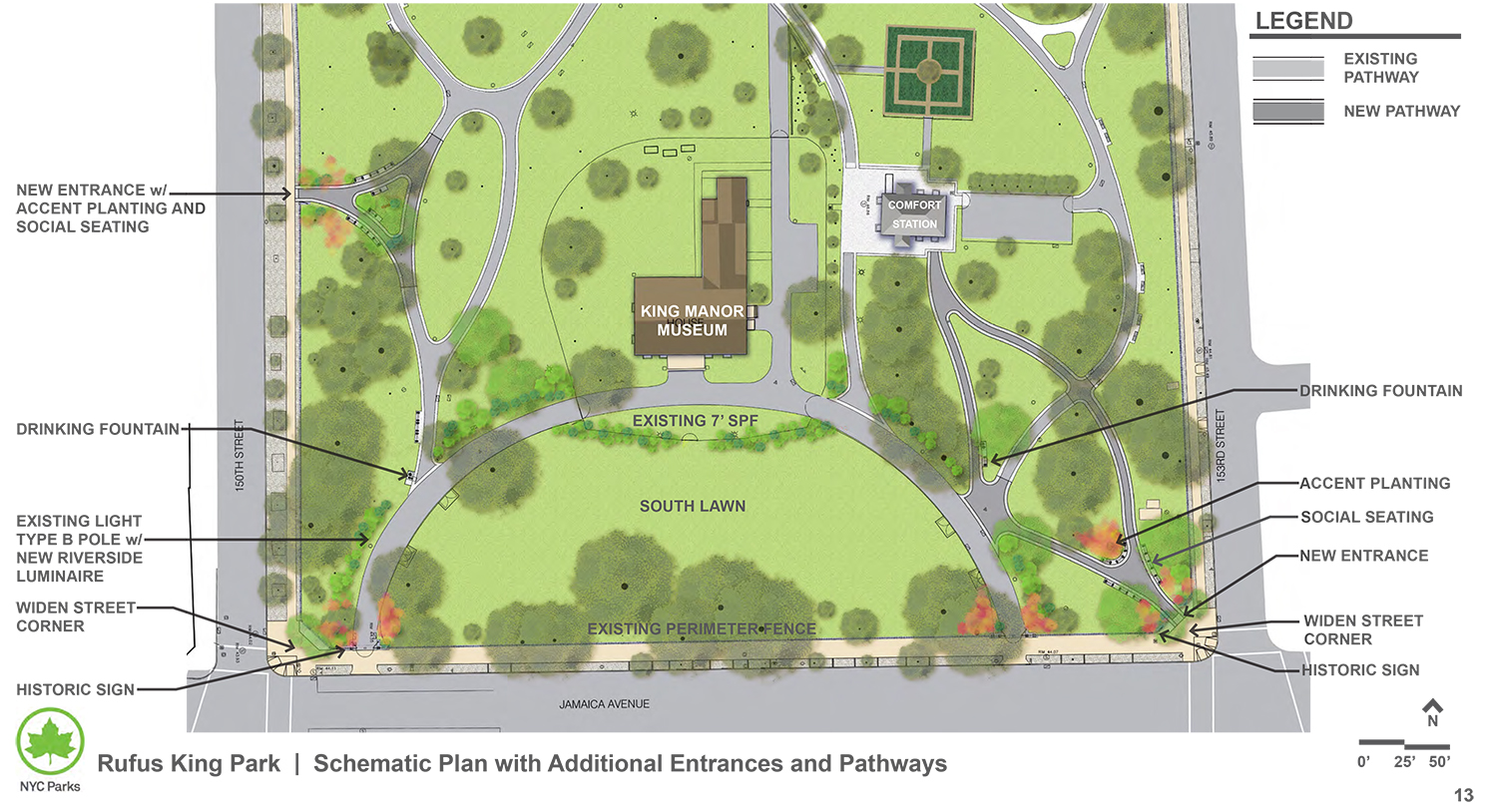

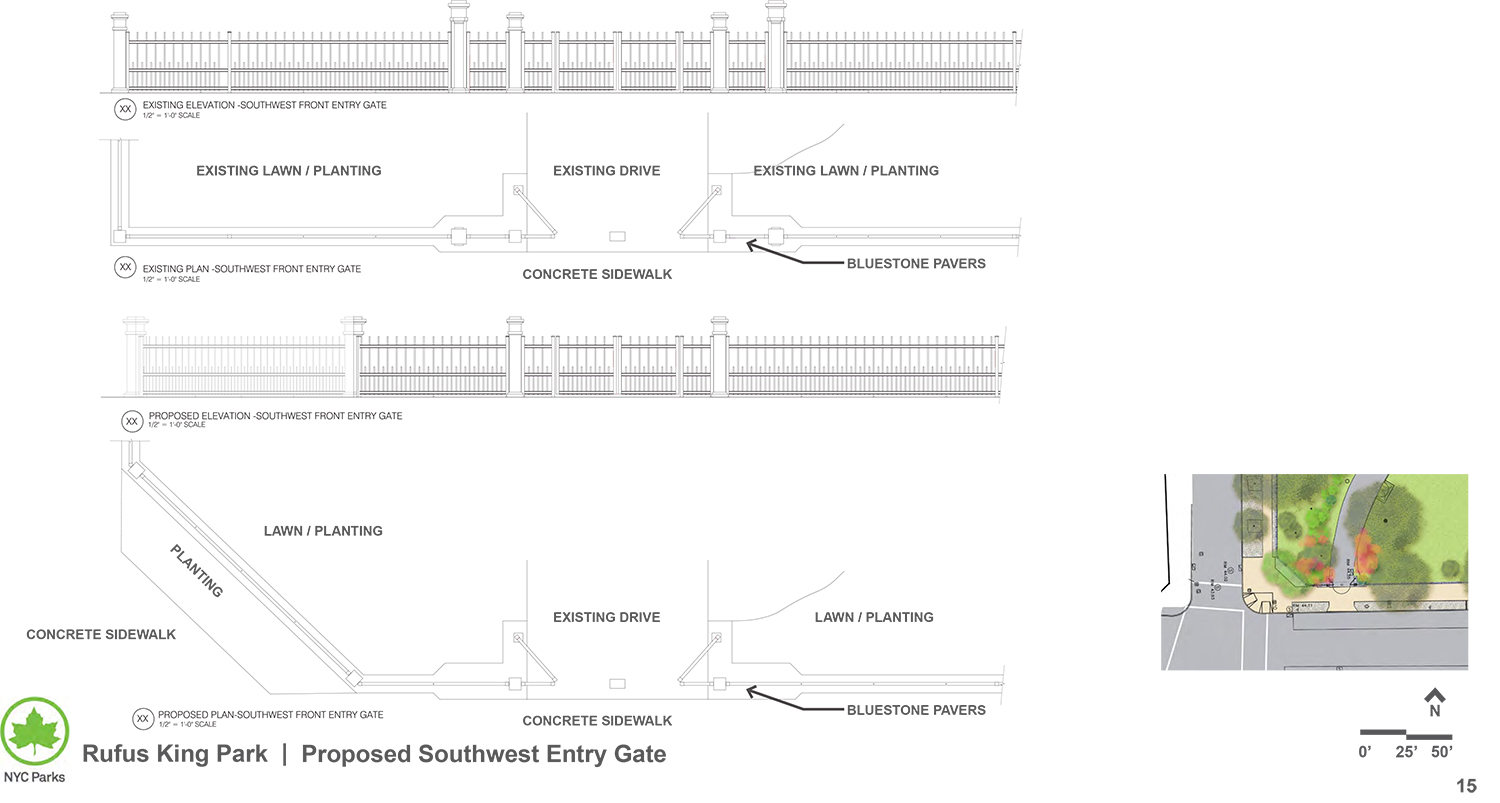
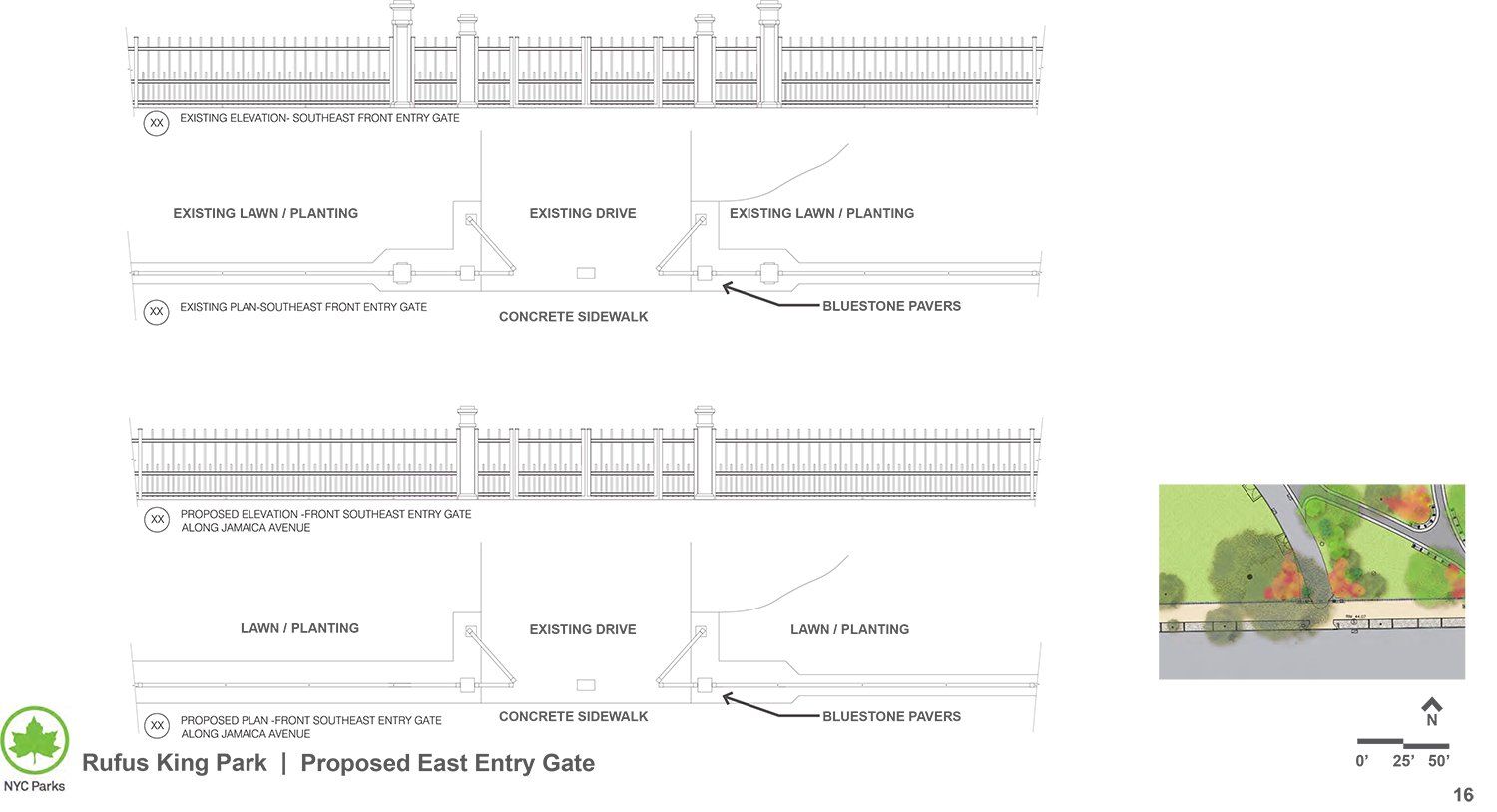


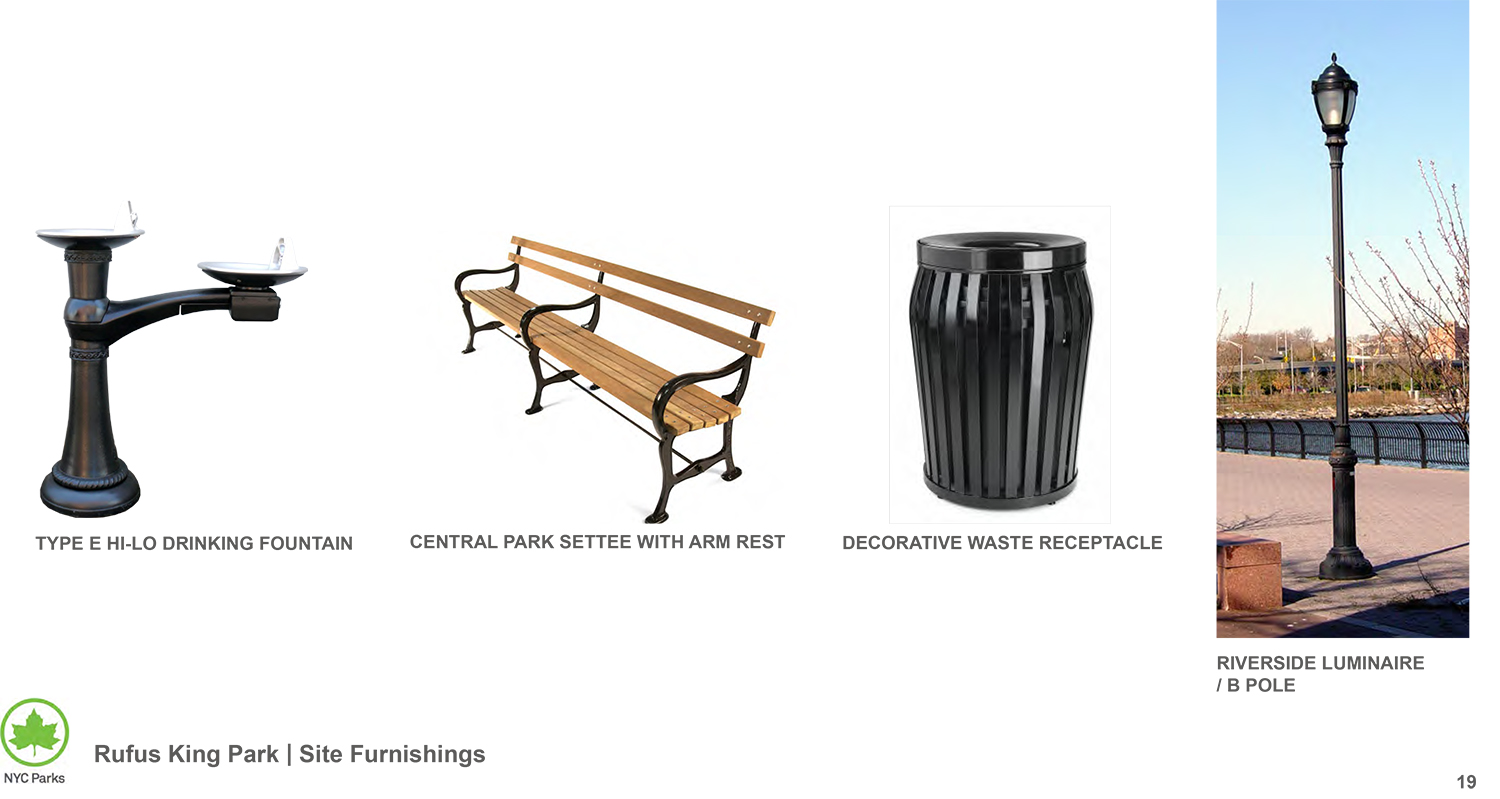
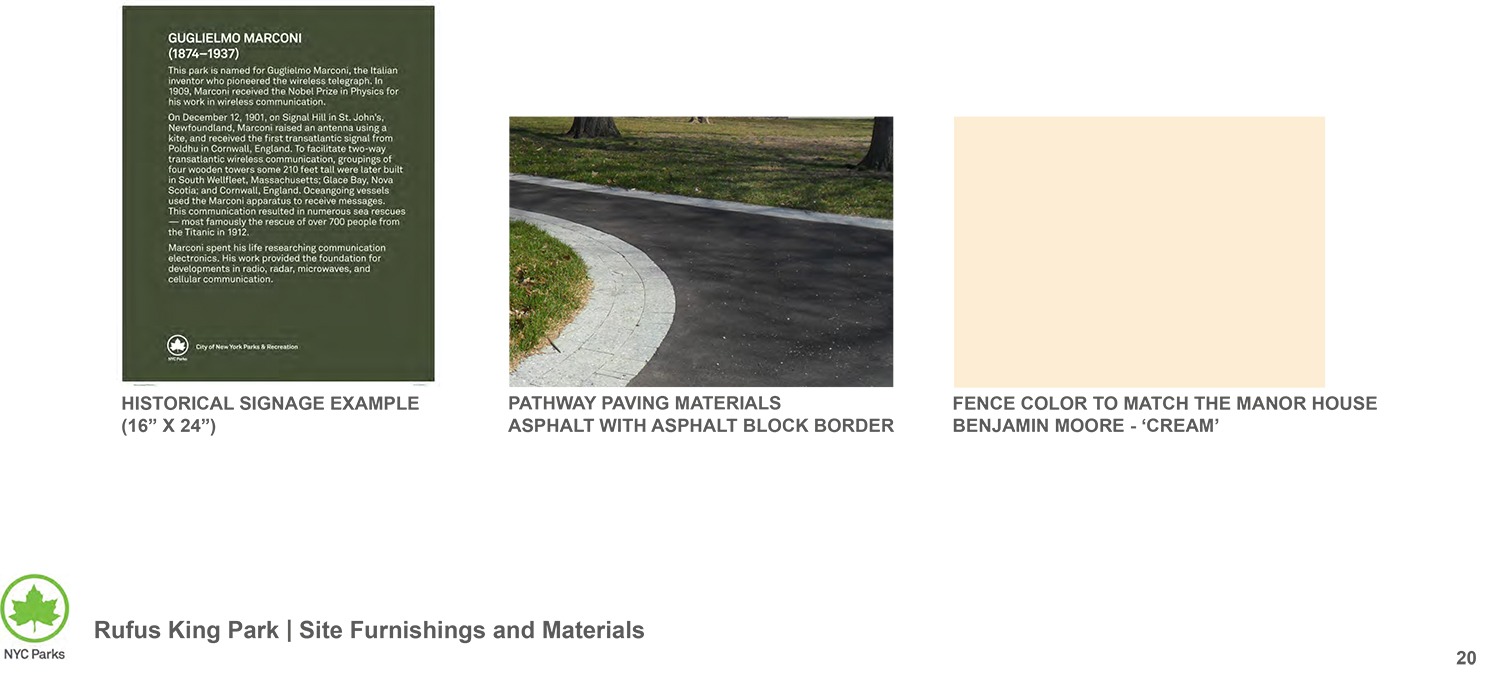
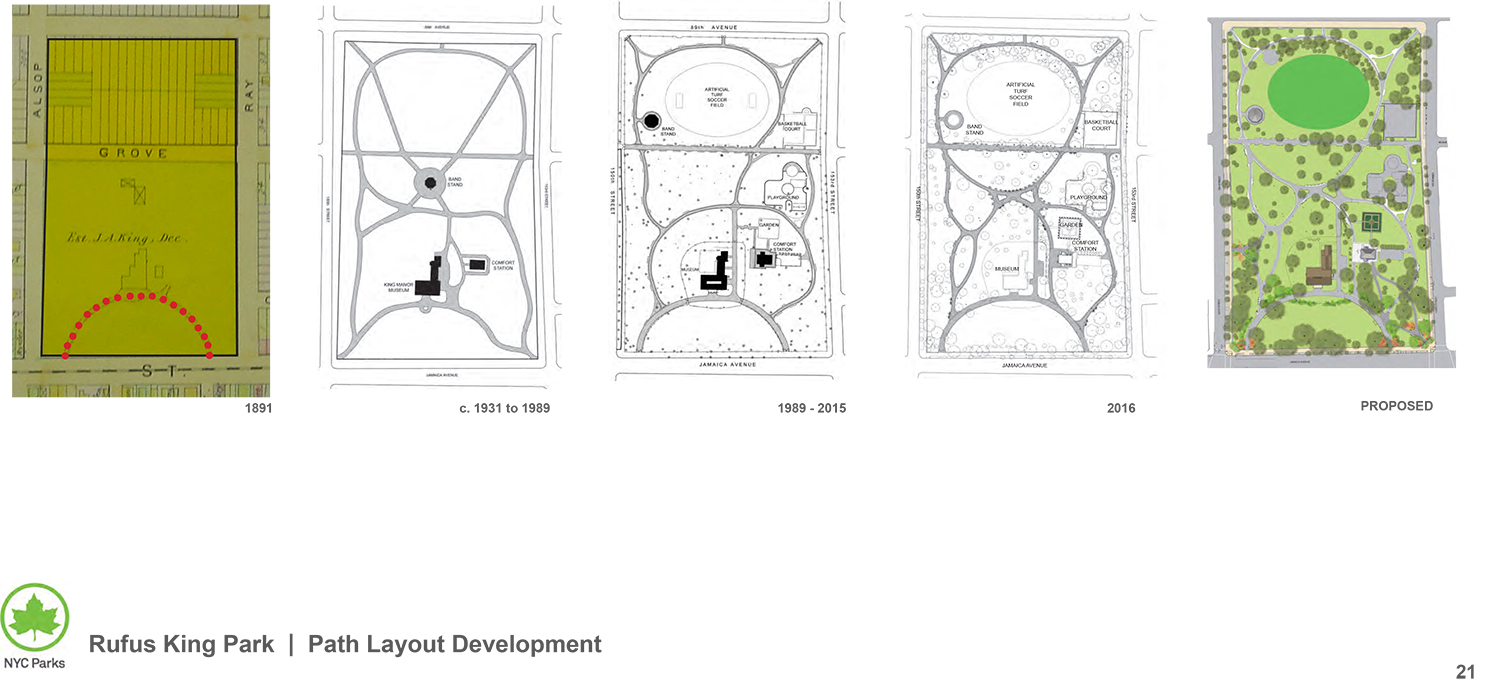


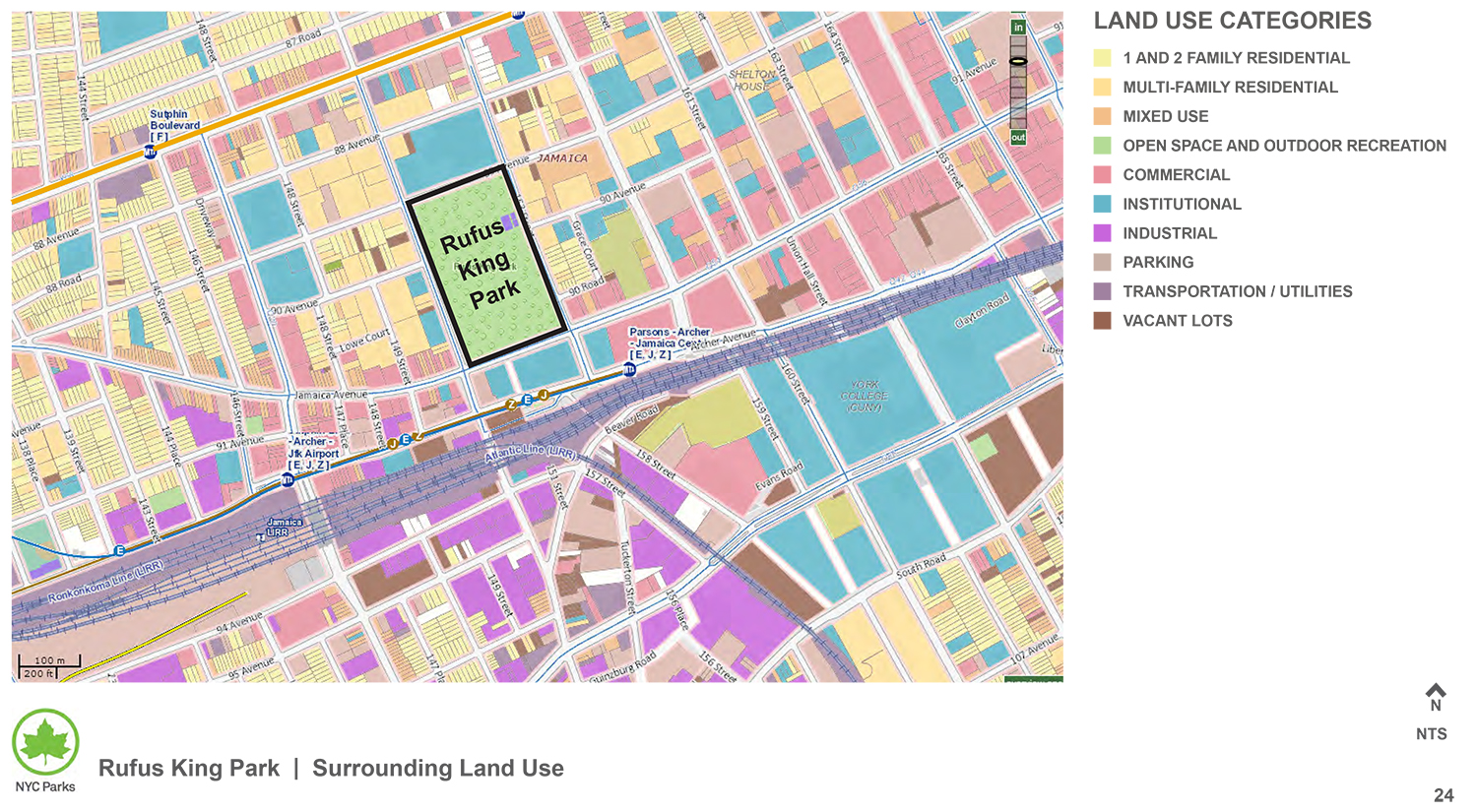
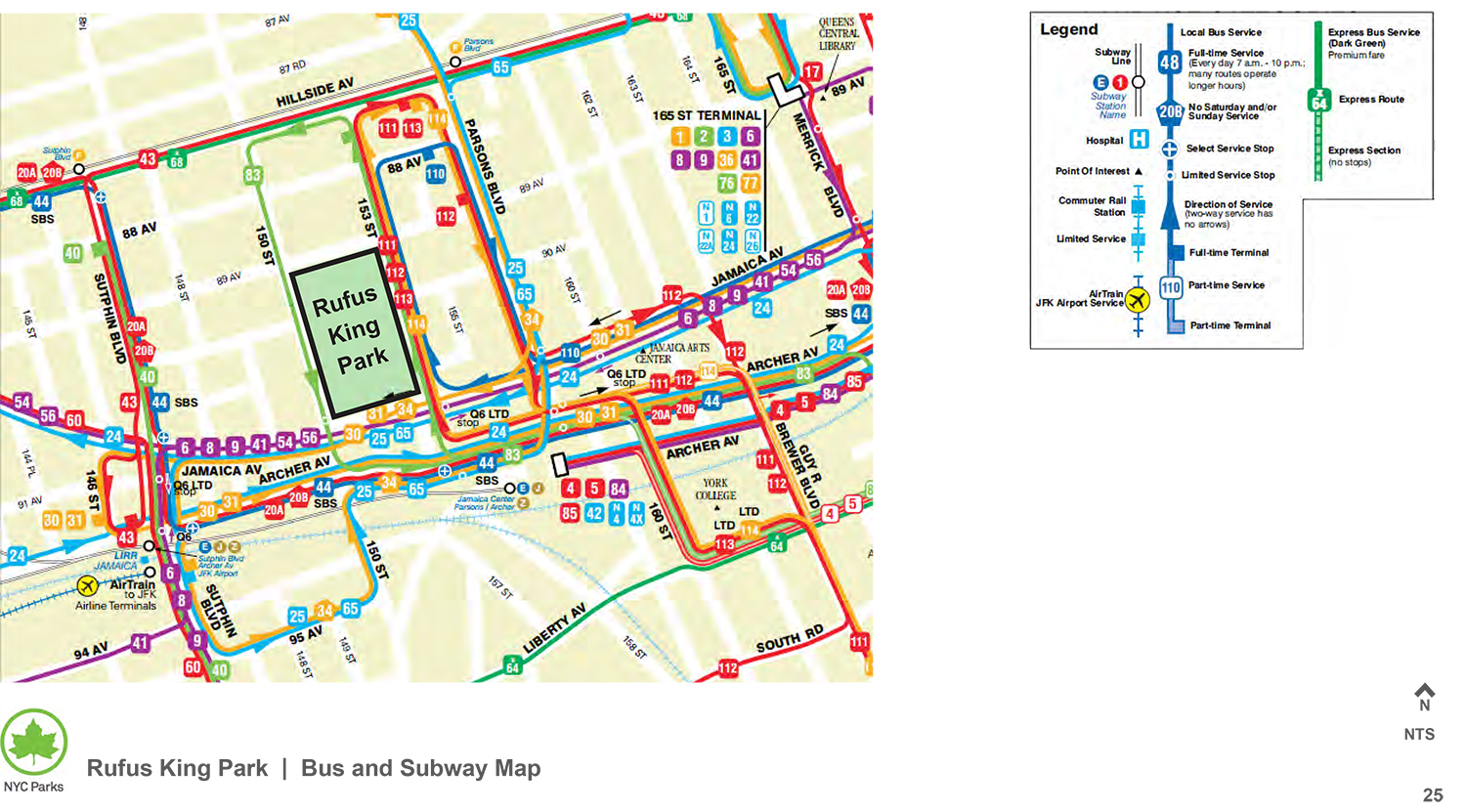
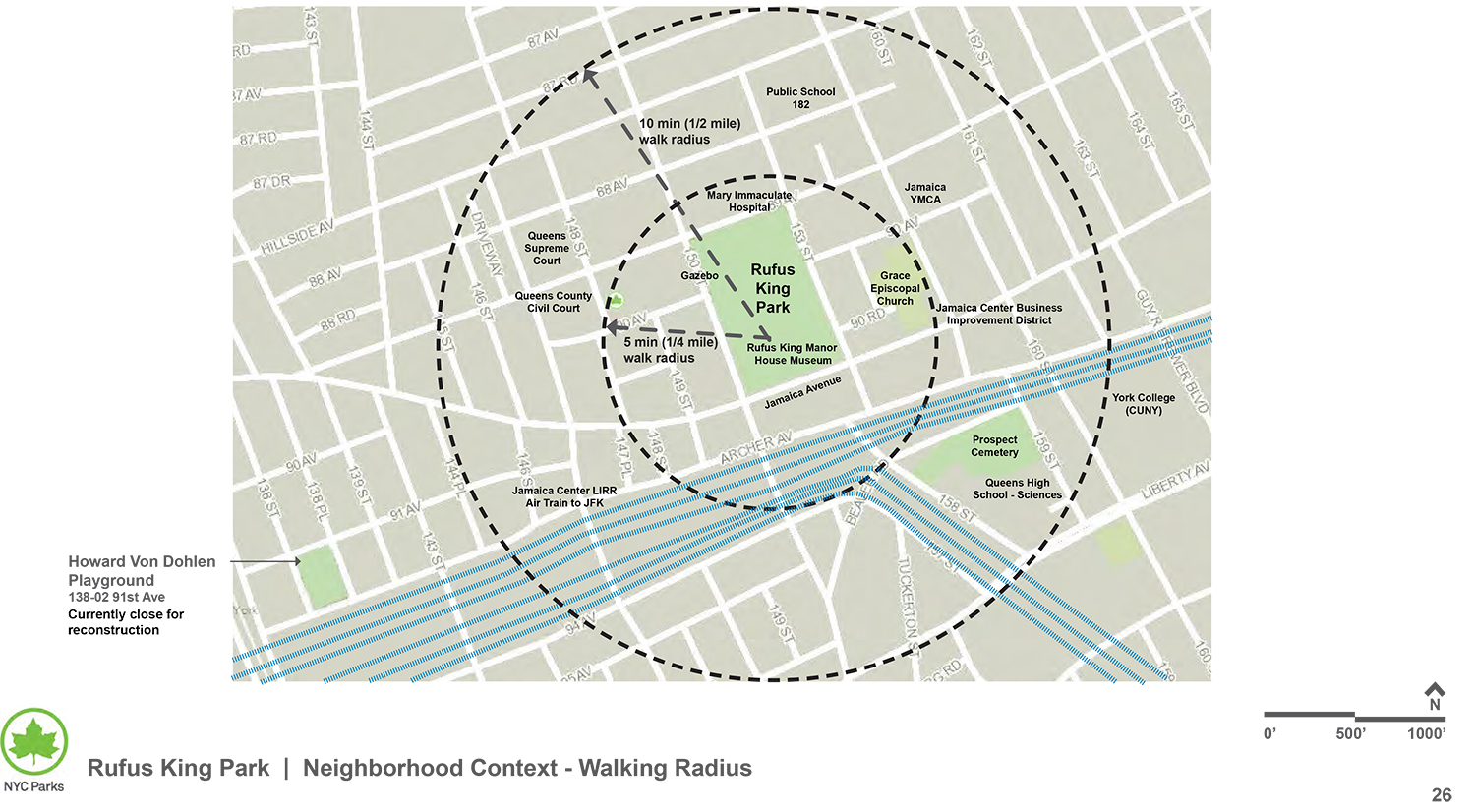

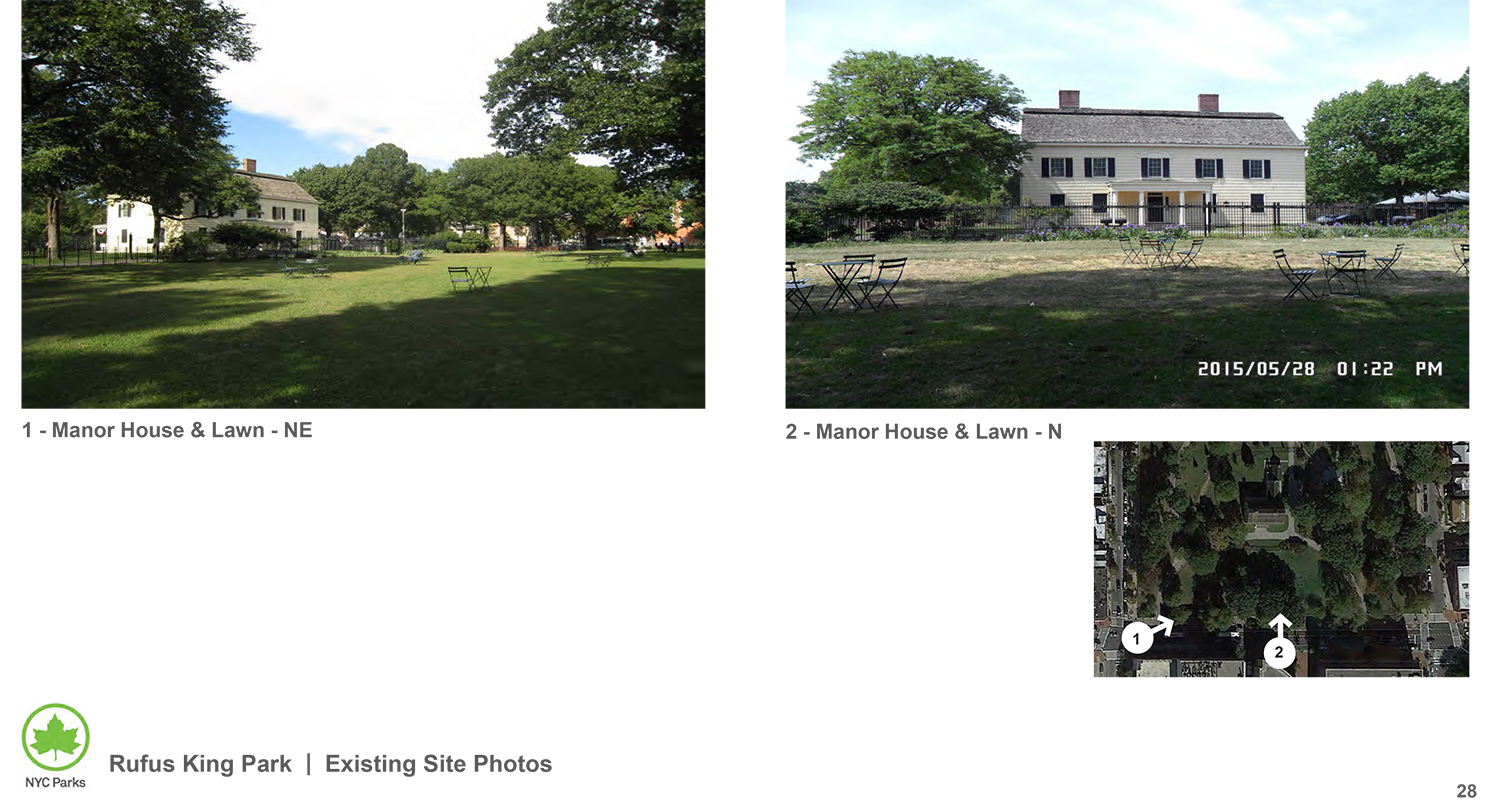


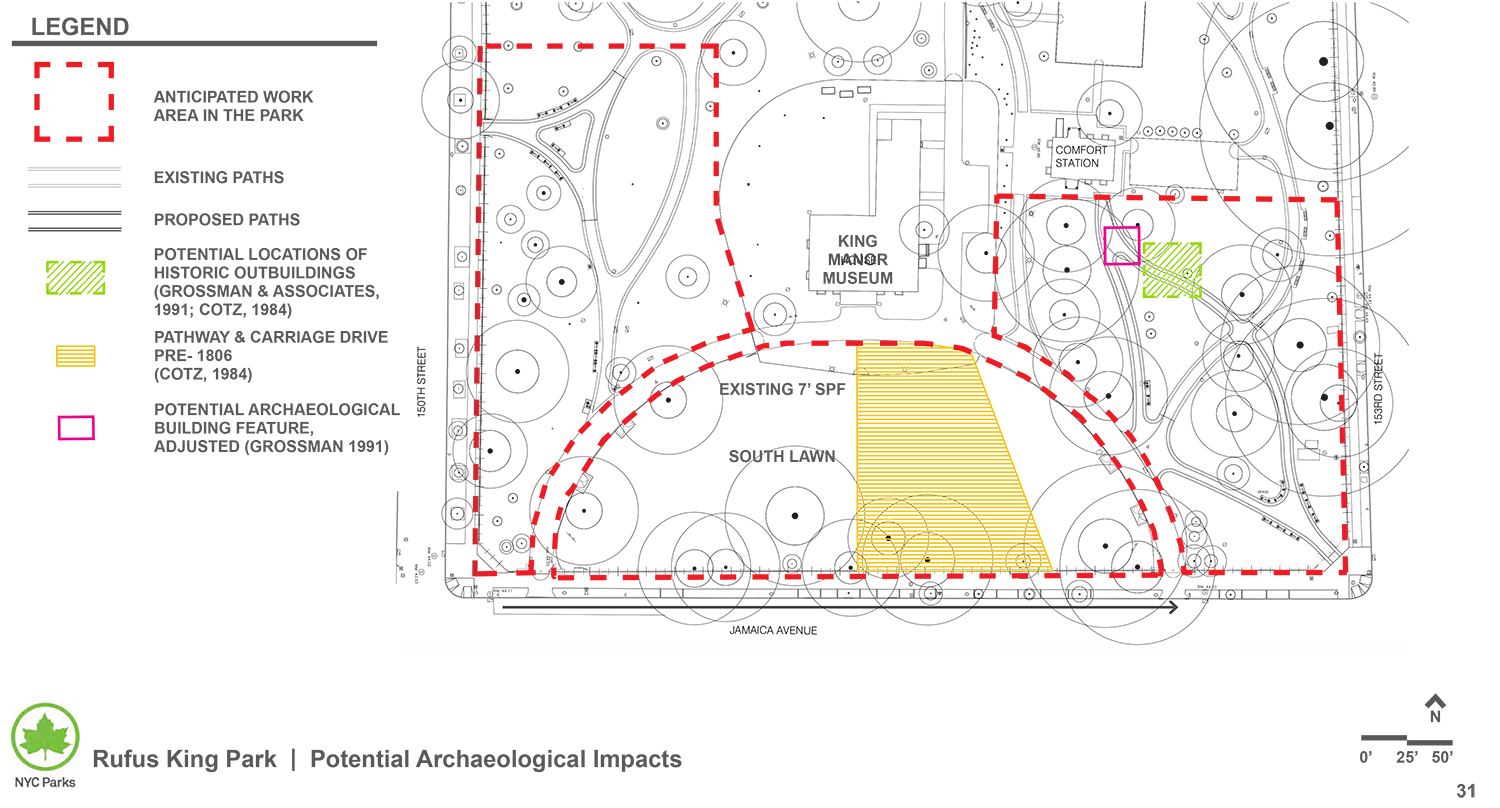

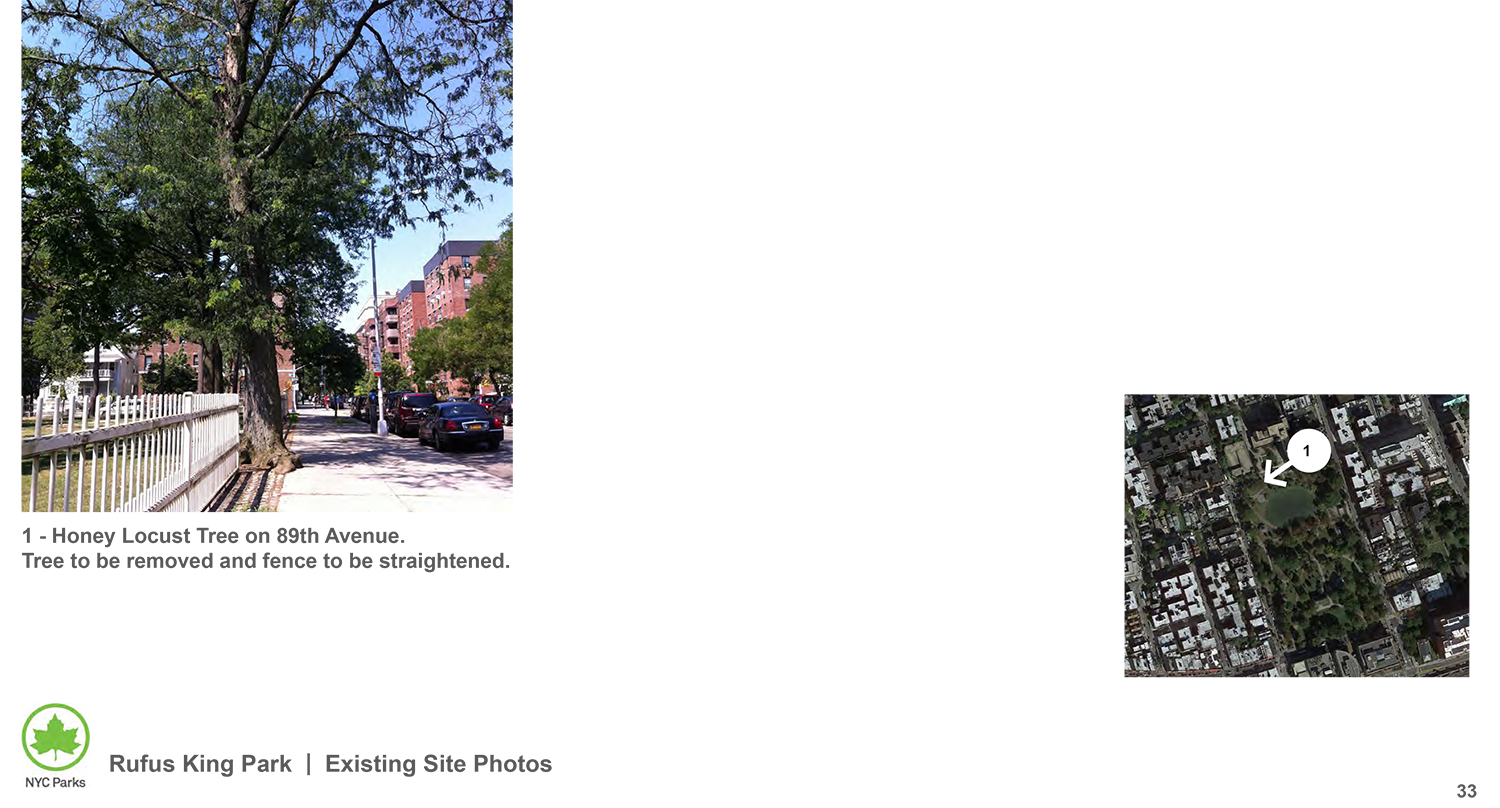
Subscribe to YIMBY’s daily e-mail
Follow YIMBYgram for real-time photo updates
Like YIMBY on Facebook
Follow YIMBY’s Twitter for the latest in YIMBYnews

